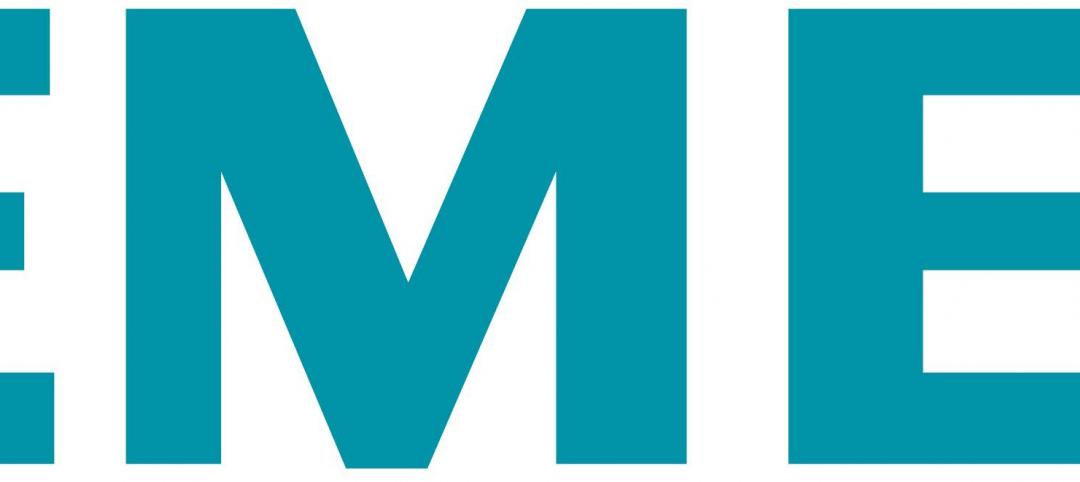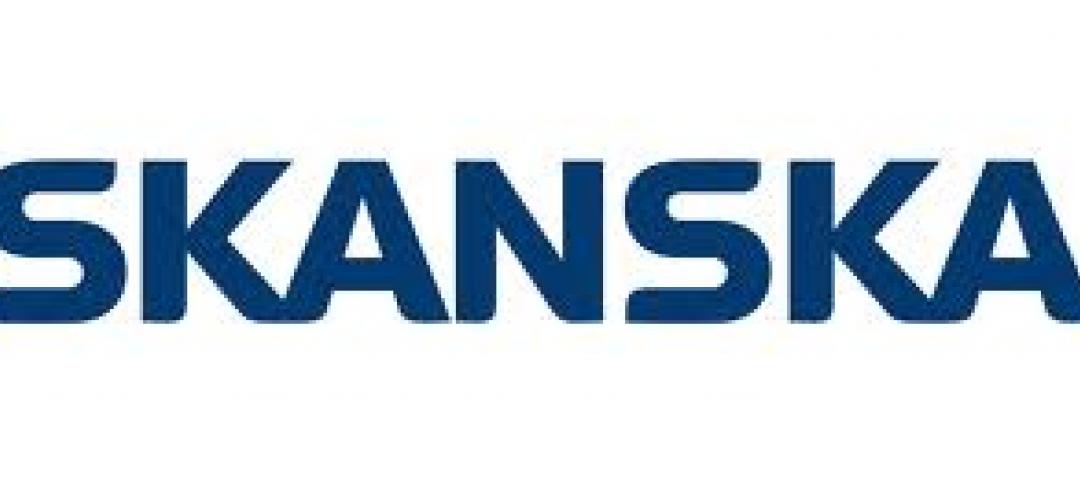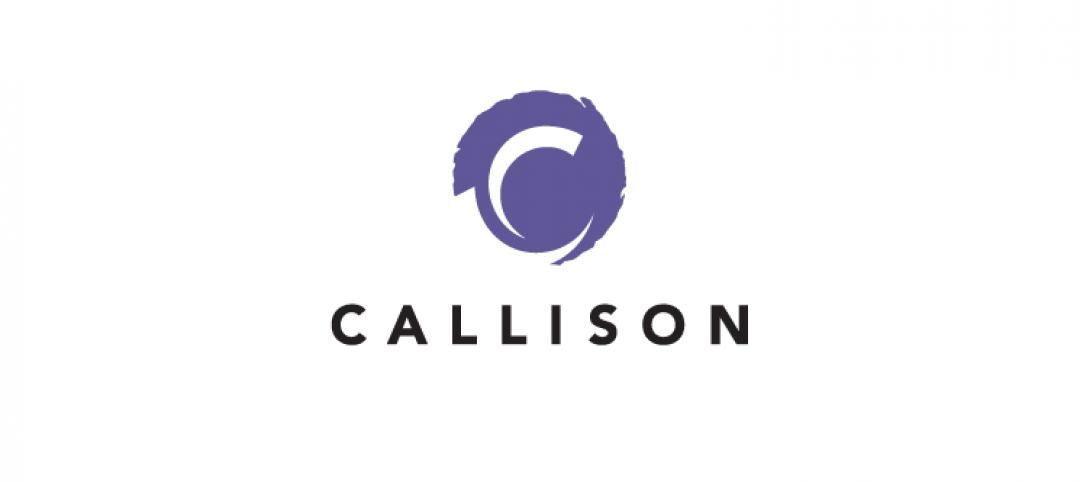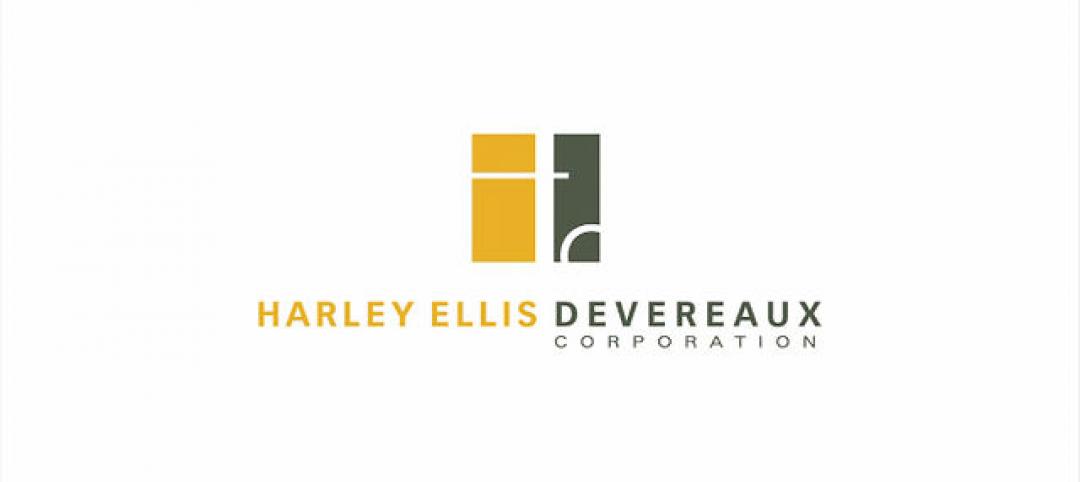Projects are being impacted by industry challenges as well as other macro-level forces at a pace not seen before. While the market conditions may be extraordinary, one thing remains true: A late project impacts revenue and production as well as commitments made to your key customers.
The good news is, setting realistic expectations for both your internal team and the team you hire to manage and build your project will help you avoid common pitfalls so you can experience a better, more predictable outcome.
Here are three characteristics of effective owner project planning:
1. Plan Project Success with Your Internal Team First
Before you engage a designer and contractor, know what you need and where you can (and can't) compromise. Think of it as a pre-plan. Start by defining your specific short-term business needs and your long-term goals. Delaying or skipping this pre-plan process can lead to less flexibility in your decision-making down the road.
Keep in mind that your needs and the order you prioritize them can look very different from project to project. For many clients, avoiding unplanned shutdowns is critical, while for others, cost of schedule (COS) is a driving factor: It defines the daily cost, typically in dollars, for every day the job is not complete.
There are a number of other factors that drive decision making, and a great place to turn for insight is your internal stakeholders who are directly or indirectly impacted by the project; some key areas to plan for might include:
- Environmental, health and safety measures include identifying prequalified contractors and subs who meet your safety requirements.
- Quality control when installing specialized equipment and MEP systems to industry specifications. This could also include the reduction of airborne contamination when working in adjacent areas such as CGMP spaces.
- Coordination of owner-purchased, contractor-installed equipment.
- Planning and communication for shutdowns and tie-ins so interruptions are planned, including an appropriate sign-off process from all impacted parties.
- Ability of the team to test, commission and validate installed systems.
Another critical part of the process is contingency planning. Inevitably, challenges or delays will occur. Establish cost and schedule contingencies to avoid disappointment, especially with external forces like COVID-19, labor shortages, supply chain delays, fluctuating prices, delayed quotes and cost increases on delayed projects that come back online. Keep your design and construction experts on speed dial; reach out to them early and often about market conditions, potential project risks and expectations.
Be careful not to get completely wrapped up in things you can’t control. Take time also to define successes and the key priorities by which these will be measured. Internal and external factors developed from the examples above can help, along with other points like contractor turnover date, design aesthetics, budget and diverse spending. With your definition for success and priorities in hand, work backward to list them from most to least important.
2. Select the Appropriate Contract Delivery Method
Decide which contract delivery method best aligns with your needs and top priorities; this could be design-build, CM-R, design-bid-build, IPD or EPC. Schedule and project design complexity, desire for cost transparency and the ebb and flow of market conditions should all be considered in selecting the appropriate contract delivery method.
Evaluating the inherent strengths and weaknesses of the delivery methods against the project goals is an essential step. Still, it is important to know there is no “go-to” delivery method that fits every owner or every project. Keep an open mind on which delivery method works best and be willing to embrace change.
3. Define Project Goals, Measures and Accountability
Once you select a project team (designer, contractor or design-builder), communicate your goals and needs in writing and create metrics to measure progress. One way to do this is to clearly define your conditions for success. Work with the project team to develop mutually agreeable metrics that align with your project priorities. Monitoring weekly progress will keep tasks on schedule and your priorities at the forefront during construction.
Encourage the project team to quickly voice any concerns before they become significant issues. Establishing an open line of communication between the internal team, designer and contractor provide a “working together” mindset to set the stage for success: When a team has discussions upfront, the project runs smoother, there are fewer changes and unknown costs and there is a better outcome for all in the end.
Describing the objectives of the finished project and the business value the project will achieve makes it crystal clear to all on the team what each member is striving toward. Measuring progress regularly enforces accountability. Specific project metrics will differ for each job, but you can determine an agreeable process for everyone to follow by effectively communicating with the project team.
A successful building project begins well before groundbreaking or moving equipment. It starts from within: within your internal team building consensus on why you are making this investment, within the process to select the best contract method that aligns with your definition of success and within the project team knowing that everyone is walking the same path to that success.
Related Stories
| Jan 6, 2012
Summit Design+Build completes Park Place in Illinois
Summit was responsible for the complete gut and renovation of the former auto repair shop which required the partial demolition of the existing building, while maintaining the integrity of the original 100 year-old structure, and significant re-grading and landscaping of the site.
| Jan 4, 2012
Siemens acquires Pace Global Energy Services
Acquisition will enhance portfolio with new energy consulting and management services.
| Jan 4, 2012
Shawmut Design & Construction awarded dorm renovations at Brown University
Construction is scheduled to begin in June 2012, and will be completed by December 2012.
| Jan 4, 2012
Skanska acquires Industrial Contractors
Industrial Contractors Inc. is a contractor in the commercial, industrial and power markets of the Midwest. The company employs 2,400 people and in 2011 the revenues are estimated to be approximately $500 million.
| Jan 4, 2012
HDR to design North America’s first fully digital hospital
Humber River is the first hospital in North America to fully integrate and automate all of its processes; everything is done digitally.
| Jan 4, 2012
New LEED Silver complex provides space for education and research
The academic-style facility supports education/training and research functions, and contains classrooms, auditoriums, laboratories, administrative offices and library facilities, as well as spaces for operating highly sophisticated training equipment.
| Jan 3, 2012
Gilbane awarded $88M Contract for Ohio elementary school construction
The new award, which comprises the construction of five new elementary schools and demolition of 11 older facilities, is the latest K-12 building program managed by Gilbane for the Ohio School Facilities Commission since 1998.
| Jan 3, 2012
AIA's ABI November Index reaches 52.0
The Architecture Billings Index (ABI) reached its first positive mark since August.
| Jan 3, 2012
Callison acquires Barteluce Architects & Associates
This acquisition will grow Callison’s New York team to over 75 architects.
| Jan 3, 2012
VDK Architects merges with Harley Ellis Devereaux
Harley Ellis Devereaux will relocate the employees in its current Berkeley, Calif., office to the new Oakland office location effective January 3, 2012.

















